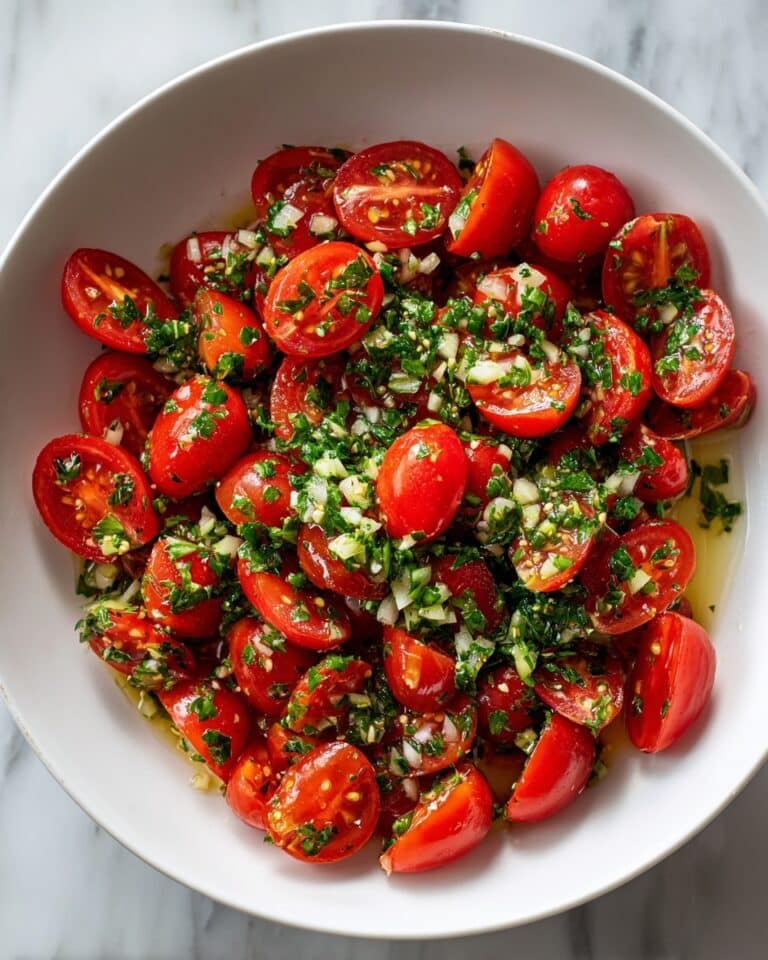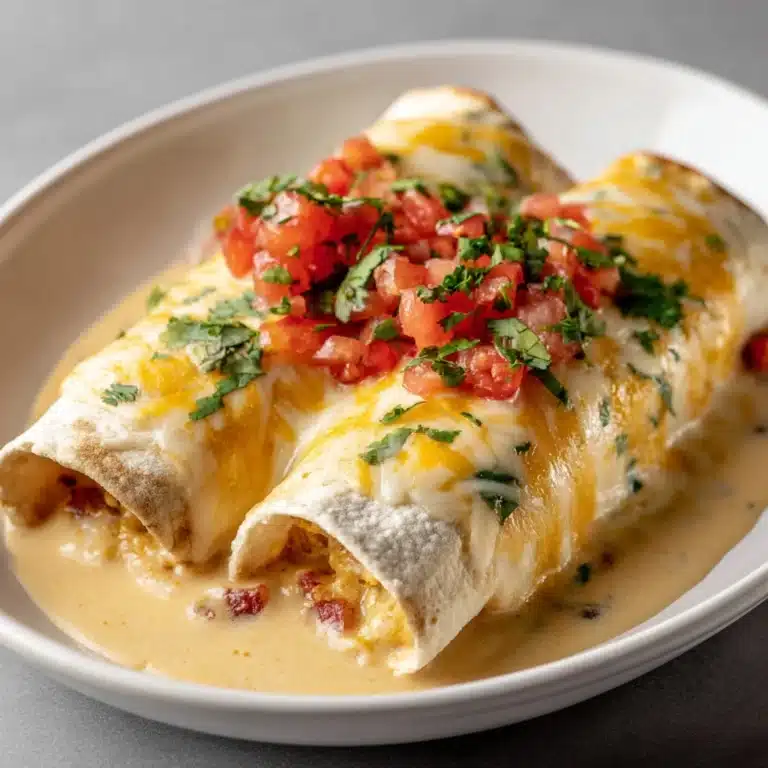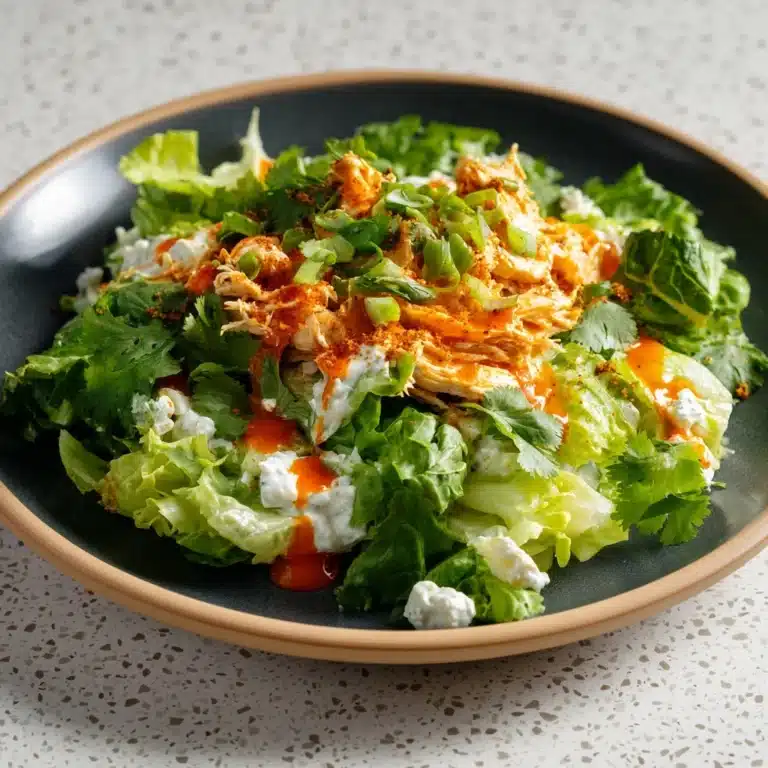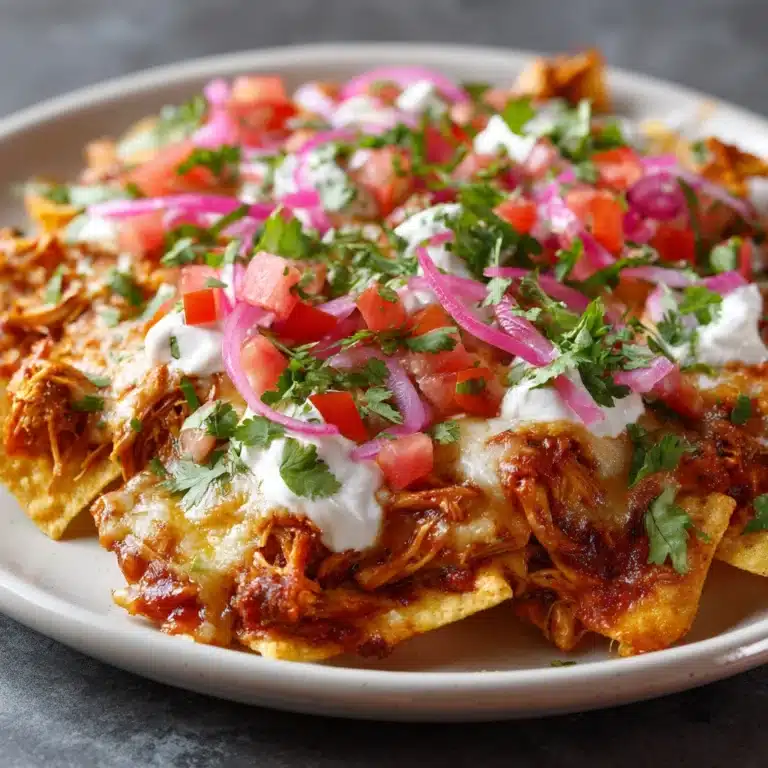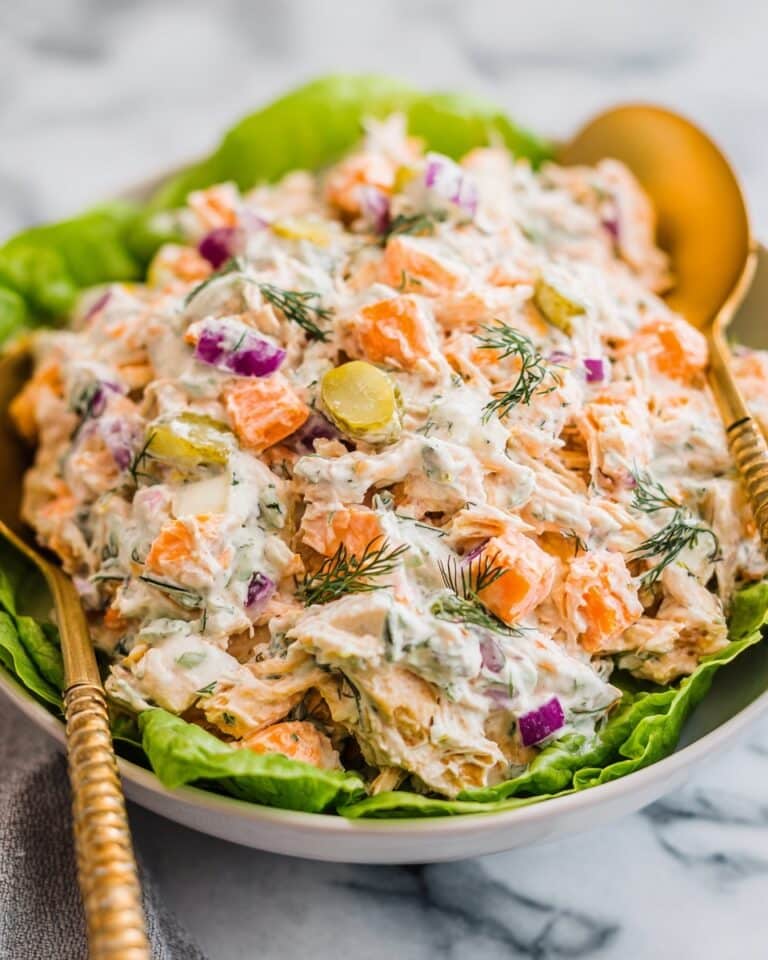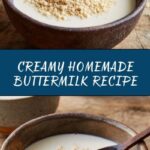Homemade Buttermilk Recipe
Homemade Buttermilk takes just minutes to whip up, saves you an emergency trip to the store, and unlocks impossibly tender pancakes, biscuits, and much more right from your kitchen. Whether you’re baking a stack of fluffy pancakes or adding a tangy lift to savory batters, this buttermilk substitute is the magic touch for countless recipes. With only two simple ingredients, a bowl, and five minutes, you’ll discover why everyone should have this easy trick in their back pocket!
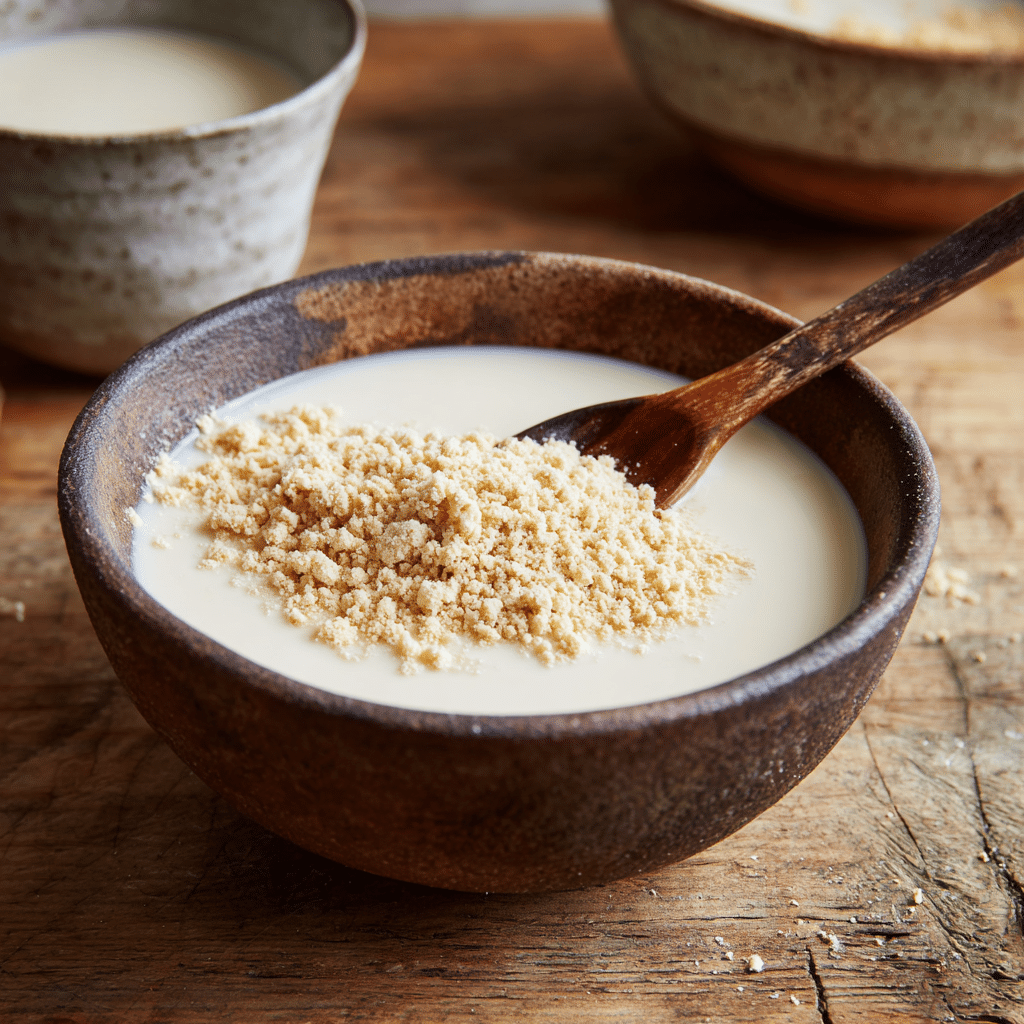
Ingredients You’ll Need
-
- 1 cup milk (whole, 2%, or non-dairy)
- 1 tablespoon white vinegar or lemon juice
Making Buttermilk Substitute:
How to Make Homemade Buttermilk
Step 1: Measure and Pour the Milk
Start with one cup of milk and pour it into a liquid measuring cup or small mixing bowl. Choose your favorite: whole milk leads to a classic, rich taste, but 2% or your favorite plant-based milk both make great options if you’re looking for something a bit lighter.
Step 2: Add the Acid
Add exactly one tablespoon of either white vinegar or lemon juice to the milk. Give it a quick, gentle stir—nothing too intense, just enough to combine. This little step starts the chemical reaction that will transform your milk into a tangy, creamy wonder.
Step 3: Let It Sit
Now comes the patience part (don’t worry, it’s short)! Let the mixture rest at room temperature for five to ten minutes. You’ll notice the milk start to thicken ever so slightly and develop small curds. That little bit of magic means your Homemade Buttermilk is ready!
Step 4: Stir & Use
Give the mixture a final stir before adding it to your recipe. Whether it’s for pancakes, biscuits, salad dressings, or fried chicken, your freshly made Homemade Buttermilk is now ready to bring a world of flavor to your kitchen creations.
How to Serve Homemade Buttermilk
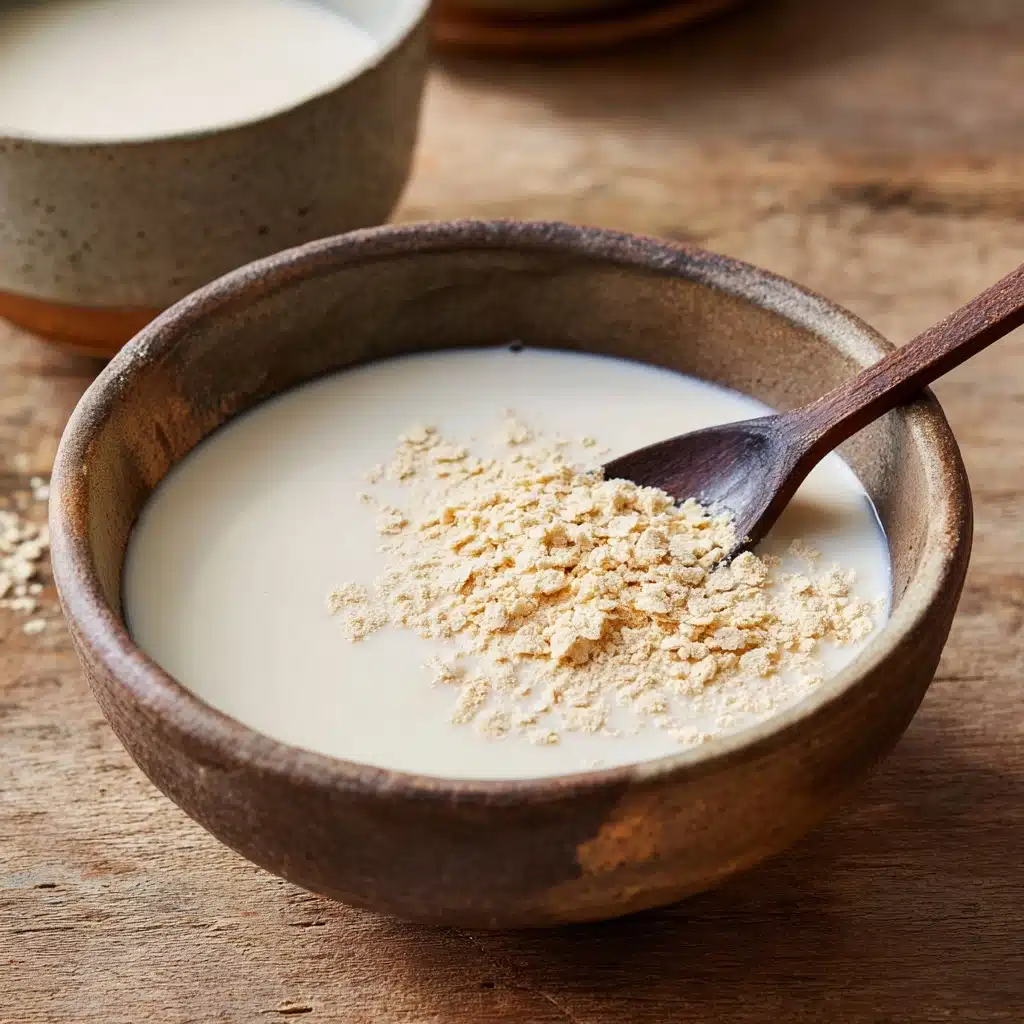
Garnishes
While Homemade Buttermilk often stars in the background of baked goods, it’s also fantastic as the base for sauces and dressings! Sprinkle fresh chopped chives or parsley over buttermilk-based dressings, or dust biscuits made with your Homemade Buttermilk with a touch of flaky sea salt for that professional bakery finish.
Side Dishes
Anything you whip up with Homemade Buttermilk can shine alongside classic breakfasts: serve fluffy buttermilk pancakes with crispy bacon or fresh berries. But don’t stop at sweet! Savory fare like cornbread, hush puppies, and even buttermilk-marinated fried chicken make hearty, crowd-pleasing sides.
Creative Ways to Present
Show off your Homemade Buttermilk in a beautiful carafe if you’re making a batch for brunch or a pancake breakfast. For dressings or dips, pour the buttermilk into a mason jar and tuck in a fresh herb sprig. Edible flowers and a lemon wedge garnish make buttermilk pancakes or muffins look as fresh and inviting as they taste.
Make Ahead and Storage
Storing Leftovers
Leftover Homemade Buttermilk can easily be stored in an airtight container in the refrigerator for up to three days. Be sure to give it a good stir or shake before using, as separation is totally normal but quickly remedied!
Freezing
Yes, you can freeze Homemade Buttermilk! Pour it into an ice cube tray for easy, recipe-ready portions. Once frozen, pop them into a zip-top freezer bag and use within three months. Thaw overnight in the fridge or add directly to batters—no waste, no stress.
Reheating
Homemade Buttermilk is rarely heated as a standalone, but if needed, gently bring it to room temperature by letting it sit out for about 30 minutes before adding to a recipe. Avoid microwaving, as high heat can further curdle and separate the mixture.
FAQs
Can I use apple cider vinegar instead of white vinegar?
Absolutely! Apple cider vinegar works just as well as white vinegar, lending a slightly fruitier undertone to your Homemade Buttermilk—just swap it in one-for-one for similar results.
Is Homemade Buttermilk as effective as store-bought in baking?
Yes, your substitute reacts with baking soda and baking powder in exactly the same way as commercial buttermilk, creating beautifully fluffy pancakes, muffins, and cakes every time.
Can I use non-dairy milk for Homemade Buttermilk?
Definitely! Soy, almond, oat, or even coconut milk all work well as the base, making this a great option for anyone looking for a dairy-free version. Just note that flavor and thickness may vary slightly.
Why does milk curdle when I add lemon juice or vinegar?
This reaction is the magic at the heart of Homemade Buttermilk: the acid causes the proteins in the milk to clump together, thickening it and developing that signature tang.
Do I need to alter recipes when using Homemade Buttermilk instead of store-bought?
In nearly all cases, Homemade Buttermilk can be used in equal measure for store-bought. Just make sure to stir before using, and go ahead with your recipe as written!
Final Thoughts
There’s something so satisfying about being able to whip up Homemade Buttermilk on a whim and knowing you’ve always got the secret ingredient for incredible pancakes, moist cakes, or tender chicken at your fingertips. Give this easy trick a try—you’ll never look at store-bought buttermilk the same way again!
Print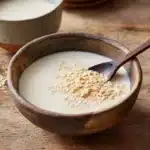
Homemade Buttermilk Recipe
- Total Time: 5 minutes
- Yield: 1 cup 1x
- Diet: Vegetarian
Description
Learn how to make a simple homemade buttermilk substitute using just two ingredients. This quick and easy recipe is perfect for baking your favorite treats that call for buttermilk.
Ingredients
- 1 cup milk (whole, 2%, or non-dairy)
- 1 tablespoon white vinegar or lemon juice
Making Buttermilk Substitute:
Instructions
- Pour the milk: Into a measuring cup or bowl.
- Add acid: Stir in the white vinegar or lemon juice.
- Combine: Stir briefly and let sit for 5–10 minutes until slightly curdled.
- Use: Stir again before using in recipes as a buttermilk substitute.
Notes
- This recipe yields 1 cup of buttermilk substitute.
- Great for baking recipes like pancakes, muffins, or biscuits.
- For larger quantities, maintain the same ratio: 1 tablespoon acid per 1 cup of milk.
- Prep Time: 5 minutes
- Cook Time: 0 minutes
- Category: Condiment
- Method: No-Cook
- Cuisine: American
Nutrition
- Serving Size: 1 cup
- Calories: 103
- Sugar: 12g
- Sodium: 107mg
- Fat: 2.4g
- Saturated Fat: 1.5g
- Unsaturated Fat: 0.9g
- Trans Fat: 0g
- Carbohydrates: 12g
- Fiber: 0g
- Protein: 8g
- Cholesterol: 12mg
